Paolo Uccello
c. 1397-1475 Italy/Early Renaissance
Click an Image to Enlarge
The
Flood

The
Hunt

Saint
George-

A
Man

Battle of
San Romano

San Romano
Two

San Romano
Three
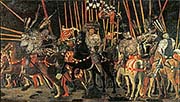
Holy
Hermits

Lady of
Fashion

Adoration
of the Child

Annunciation

Madonna

Birth of
the Virgin
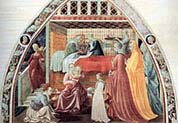
Christ on
the Cross-
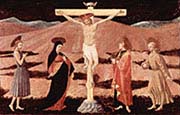
Mary's
Presentation
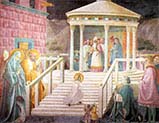
Stoning
of Stephen
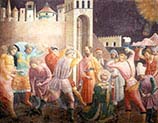
Miracle of the
Desecrated Host 1

Miracle of the
Desecrated Host 2
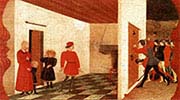
Miracle of the
Desecrated Host 3
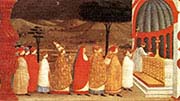
Miracle of the
Desecrated Host 4

Miracle of the
Desecrated Host 5
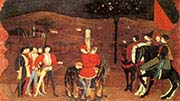
Miracle of the
Desecrated Host 6
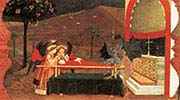
Portrait
of a Lady

Portrait
of a Woman

Portrait of
a Young Man

Adoration
of the Magi
